Five parts of Edinburgh you didn't know were haunted
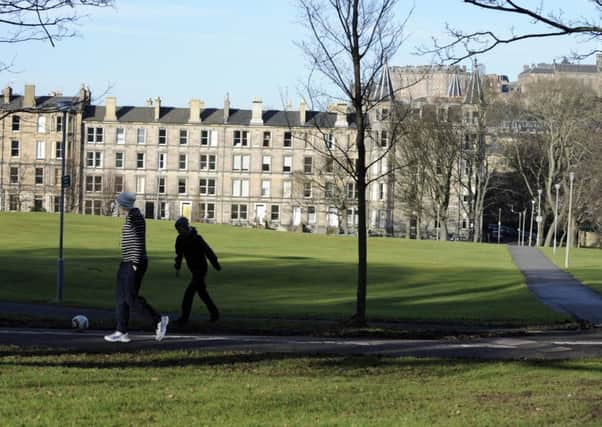

The spectres of sinners condemmed to a life in eternal limbo, the tortured souls of those who have been shamefully wronged, victims of cruel and terrible crimes and phantoms determined to leave their mark on the living - they all have their place in the capital’s ghost stories.
We look at five lesser known ghastly tales of haunted Edinburgh.
Bruntsfield
Advertisement
Hide AdAdvertisement
Hide Ad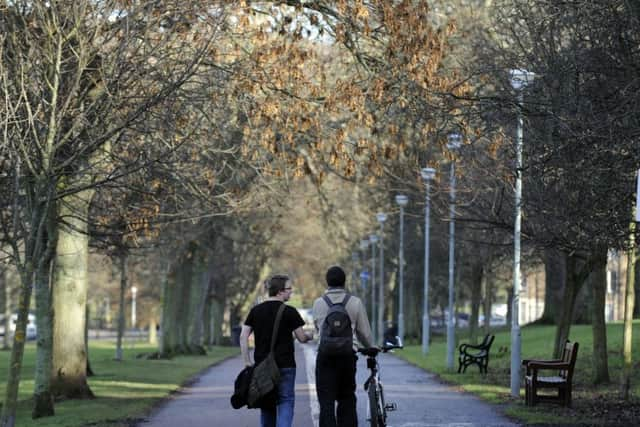

There was, until the beginning of the nineteenth century, a house by Brunsfield Links, one of a great age, having been built in the fourteenth century, and of considerable elegance.
In the years leading up to its demolition (after which a school was built on its site), the house was inhabited by Lieutenant-General Robertson of Lawers and his staff.
Not long after he had taken up residence in the house, the General received a complaint from one of his servants that he was getting very little sleep on account of a headless woman, carrying a baby, who would appear near the fireplace in his room night after night.
The complainant was known to have a tendency to indulge in strong drink whenever given the opportunity, so naturally the General assumed at first that his servant was suffering from alcohol-induced delusions.
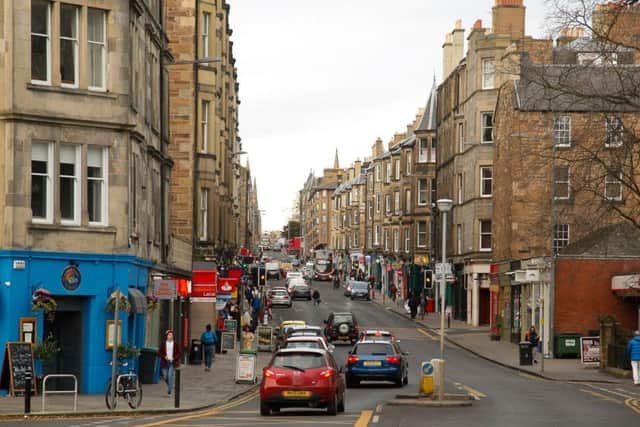

As time wore on, however, the servant persisted with his complaints and eventually left the house to look for work somewhere else.
The general thereafter had the room in which the servant had slept primarily used for storage. No one went into the room at night, so no more ghosts were ever seen.
The story might have been completely forgotten had it not been for the fact that the building was subject to a demolition order some years later. When the builders began tearing the building down, they lifted the hearth in the servant’s old room and found the skeletal remains of a woman and baby. The woman had her head severed - a particularly brutal act of violence by any standards.
The story goes that she must have been sewing when her killer took her by surprise, for scissors and a needle were found beside the bones of her hands, as if she had been holding them.
Advertisement
Hide AdAdvertisement
Hide Ad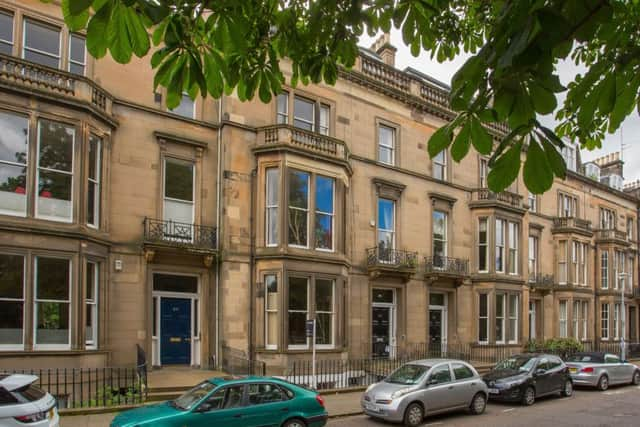

Who she was and why she was killed so savagely along with her child, we may never know.
Learmonth Gardens
Learmonth Gardens is a quiet street in the respectable district of Comely Bank in Edinburgh.
But one of its houses has a disturbing history.
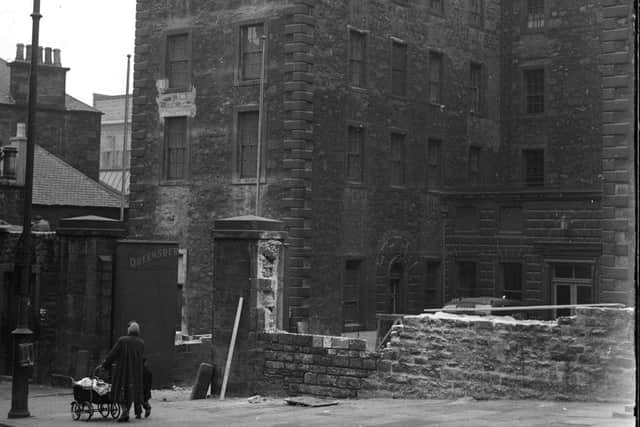

In the mid 1930s, the house was occupied by a baronet, Sir Alexander Seton, and his family. The family took a trip to Egypt and brought back a souvenir that they would later regret ever having set eyes upon.
The trip to Egypt incorporated a visit to the Temple of Luxor and in spite of the fact that it was illegal to remove anything from the tombs, Lady Seton picked up a small bone as a memento and brought it back to Scotland with her. The bone was placed in a glass case in the dining room.
The family had hardly settled back into normal life when strange and disturbing things started to happen. Crashing sounds were heard and furniture was found in disarray. Ornaments were found broken in rooms that had been empty.
Lady Seton fell suddenly and inexplicably ill with a mystery complaint. Time and time again, the family were disturbed by strange occurrences which had no explanation at all. Strangest of all was a ghostly figure in long robes that appeared in the house to several people, residents and visitors alike. Servants of the family became unnerved and sought employment elsewhere.
At one point Sir Alexander lent the bone to a scientist friend and the ghost disappeared from Learmonth Gardens, only to be seen in the home of his friend. Such a story could not remain a secret long, and soon the Edinburgh newspapers were full of stories of the ‘Curse of the Pharaoh’ as they called it.
The bone was returned to Learmonth Gardens and once more the furniture seemed to take on a life of its own. Sir Alexander himself became ill and eventually surrendered the bone to a priest. The bone was exhumed and then burnt and thankfully the torment came to an end.


Queensberry House
Advertisement
Hide AdAdvertisement
Hide AdQueensberry House, in Edinburgh’s Canongate, was used as a hospital for the long-term care of the elderly and infirm before being incorporated into the Scottish Parliament building.
It was first built in the 1680s as a home for William Douglas, the first Duke of Queensberry.
It is said that there was one particular member of the Duke of Queensberry’s family was insane. He was a powerful man and had spent most of his life in confinement within the family home, both for his own safety and that of others.
One night, however, he was left at Queensberry House, locked in his room, while the rest of the house went visiting elsewhere overnight. Only a kitchen hand remained, tending to a kitchen fire.
The young lad was dozing by the fire when he was disturbed by the sound of footsteps. Rousing himself and sitting up, he was horrified to see the madman standing in the doorway of the kitchen. He had broken out of his room.
The poor boy froze in terror, helpless, he was abandoned to the fate of the lunatic.
The fate of the kitchen hand was dreadful and terrible visions of his torment were to fill the nights of the rest of the household for a long time to come. When they returned the next day to Queensberry House, the kitchen fire had gone out but a terrible smell of burning flesh filled the air.
In the kitchen they found the charred remains of the boy still tied up in the spit. He had been roasted alive.